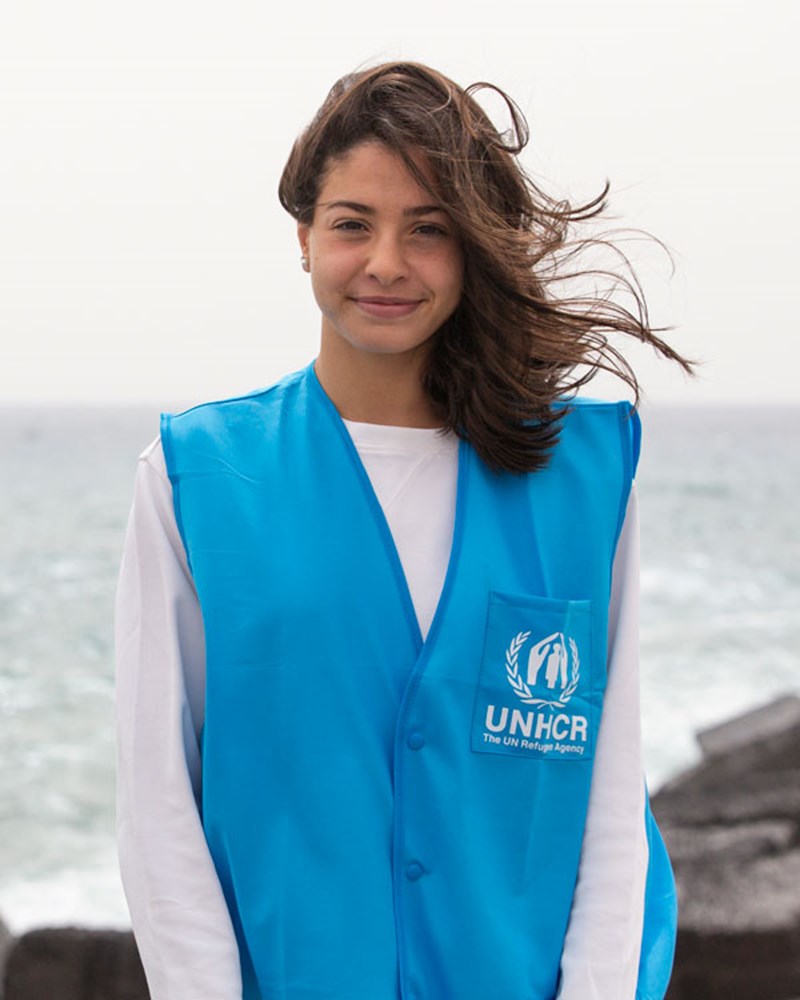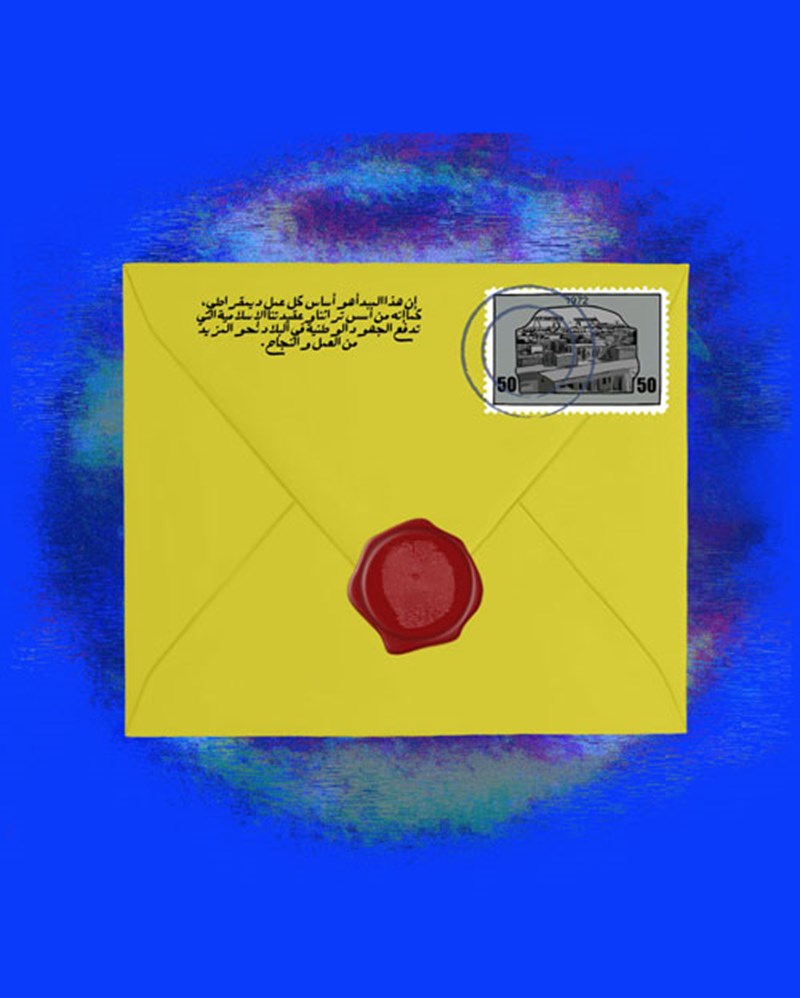Disabling hearing loss is a problem that affects 430 million people around the world today, eight percent of them children. And for those living in low and middle-income countries, where audiologists are few and far between, access to treatment remains an expensive luxury.
Not being able to hear properly keeps children out of school, adults out of work, and traps families in never-ending cycles of poverty. And according to the World Health Organisation (WHO), just three percent of the people living in lower-income countries who need hearing aids actually have them.
In Jordan, where there are only 27 licensed audiologists for a population of more than 11.3 million people, there are few education options for children with hearing loss, with the exception of the newly built Marka School for the Deaf, funded by KOICA (Korea’s international aid agency).
This is despite Jordan hosting an estimated one million refugees from neighbouring Syria, Iraq, and Palestine, where prolonged conflicts have led to an elevated incidence of hearing difficulties, particularly among children.
One nonprofit startup is working to change this. Using 3D printing technology and portable 3D ear scanners, 3DP4ME (3D Printing for the Middle East) is able to create lower-cost hearing aids for young refugees and low-income Jordanians in half the time and cost it takes to make traditional ones by hand.
The NGO launched its Hearing Express pilot in early 2023, thanks to funding from tech giant Intel, global consulting firm Accenture, and German chemicals company BASF. By April, it had fitted 103 high-quality customised 3D-printed Phonak hearing aids and offered essential speech therapy services to 52 children aged six to 12.
“The North Star for us is to see these kids in school and having a real pathway forward to an inclusive education environment and then opportunities in the future for work and to participate in society in a full sense,” explains Jason Szolomayer, 3DP4ME founder.
After quitting a well-paid finance job in California for a stint of volunteering in the Middle East, Szolomayer found himself working at a school for the deaf and blind in Jordan, helping supply hearing aids to people living in the country’s refugee camps.





